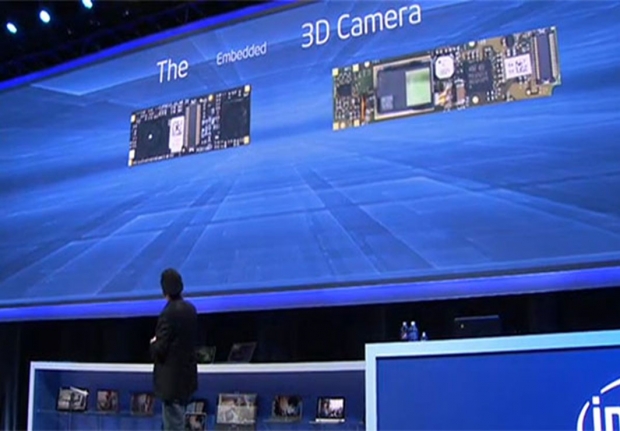The plan is not official yet but appears to have been leaked to the Wall Street Journal. Achin Bhowmik, who oversees RealSense as vice president and general manager of Intel’s perceptual computing group, declined to discuss unannounced development efforts.
But he said Intel has a tradition of creating prototypes for products like laptop computers to help persuade customers to use its components. We have to build the entire experience ourselves before we can convince the ecosystem,” Bhowmik said.
Intel appears to be working on an augmented-reality headset when it teamed up with IonVR to to work on an augmented-reality headset that could work with a variety of operating systems, including Android and iOS. Naturally, it had a front-facing RealSense camera.
RealSense depth camera has been in development for several years and was shown as a viable product technology at the Consumer Electronics Show in 2014. Since then, nothing has happened and Microsoft's Kinect sensor technology for use with Windows Hello in the Surface Pro 4 and Surface Book knocked it aside.
Chipzilla’s biggest issue is that it is talking about making a consumer product which is something that it never got the hang of.
RealSense technology is really good at translating real-world objects into virtual space. In fact a lot better than the HoloLens because it can scan the user’s hands and translate them into virtual objects that can manipulate other virtual objects.




